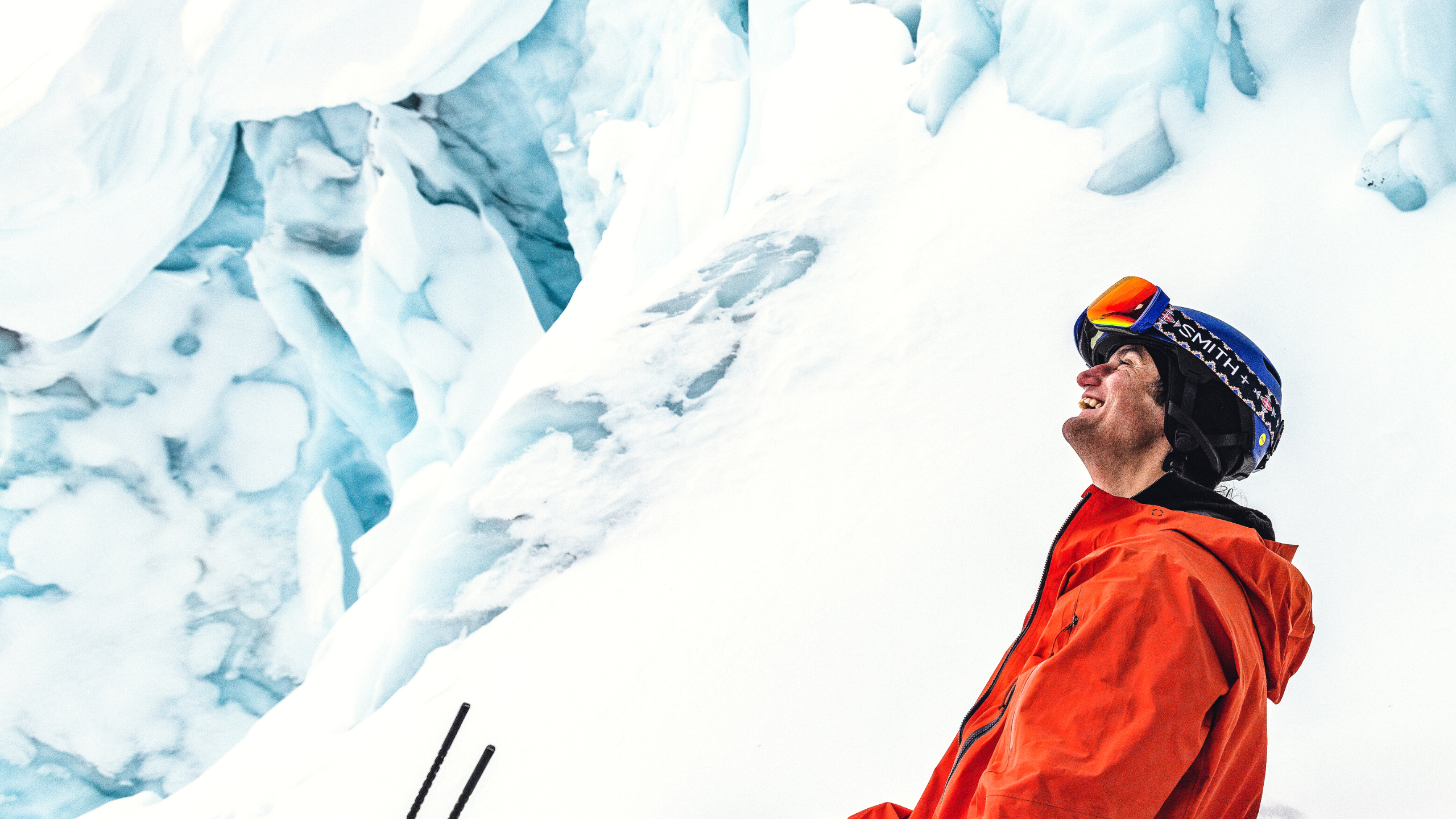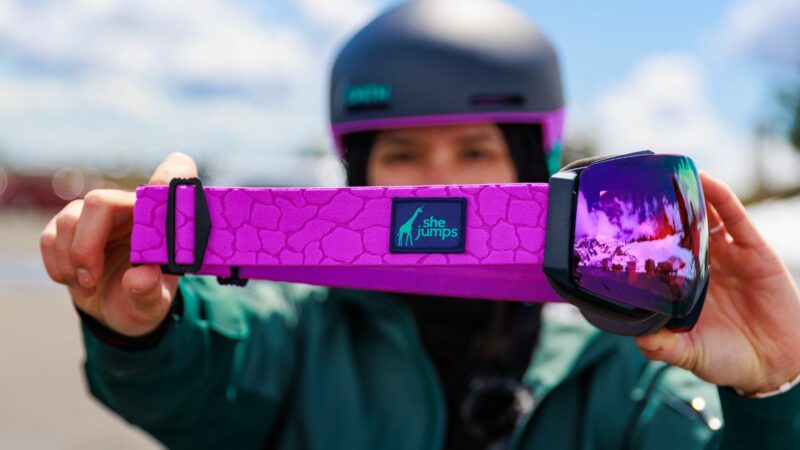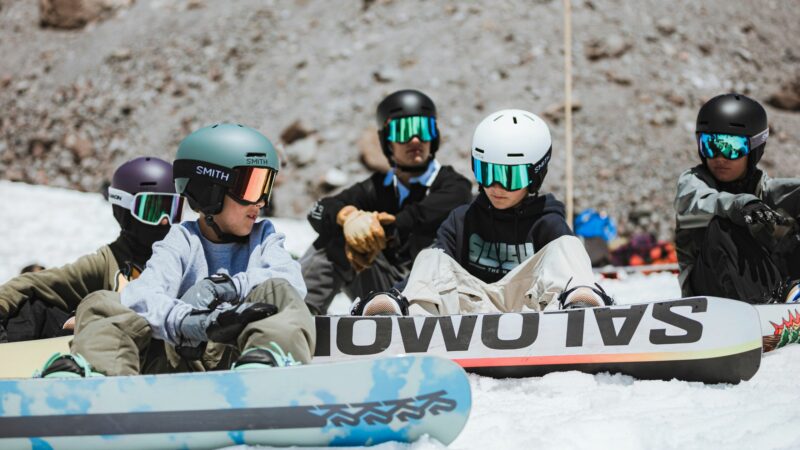Connor Ryan on Connecting with Community and the Land
We caught up with Connor Ryan to chat a little bit about the meaning behind the designs on his Pro Model Goggle and how it came to life.
Smith: What does it mean to you to have your own Pro Model?
CR: It means a lot to me to have the opportunity to have a pro model and put this meaningful art on myself and on other people as I carry that out into the mountains. I never gave a lot of thought to pro models and things like that within skiing, and a big reason was there were no Native people who had a pro model. I didn’t feel represented by the art that other people chose.
It’s a surreal thing to get to see native art. That’s significant to me, and to my culture and my story in life. It’s a thing for Native folks to just be able to feel represented and bring our culture with us into these places that we’re working to reclaim.
Smith: Who’s someone you draw inspiration from?
CR: I think my biggest inspiration has really just been the people who’ve put in the effort to be a part of my community and invest time into making the outdoors place that is more inclusive for everybody. Cody Townsend‘s been one of my biggest mentors and his Pro Model was out last year. It’s been kind of cool to joke about that between the two of us and have a relationship that’s really like centered on our connection to the mountains, how that makes us feel, and having two different approaches to that. At the end of the day, coming together around our love for the landscapes that make what we do possible
Smith: You mentioned how growing up there weren’t a lot of other Native professional snow athletes for you to look up to. How do you feel that your success in the snow industry has inspired the community?
CR: I think for other native people to just see like that it’s possible for us to be professional athletes within snow sports, and at the same time get to represent your culture and carry your values with you as you do that is a really important thing.
I think sometimes as Native folks, it’s really hard to find that place of belonging in the outdoors. So many things in the outdoor industry, so many products, aren’t reflective of us and our values, so getting to have a way that you can carry that out visibly every day and be yourself in these spaces is a really impactful thing.
As I’ve been able to talk about being Native and back-country skiing, and all these things, when that started for me, I knew a single-digit number of Native backcountry skiers and very few Natives who skied at all. I didn’t have the idea in my head that what I’m doing now was even possible for me, so I think for other native skiers to see that this is the possibility, their ceiling is probably way beyond mine. It just takes each of us having that space to imagine ourselves on top of mountains. Within the past few years, we’ve been able to have multiple scholarship programs and backcountry mentorship programs that create opportunities for more people to fall in love with the places that they come from.
Smith: Can you tell us a little more about your Pro Model’s goggle strap design and the artist behind it?
CR: The design of my goggle strap was actually done by Robert Iron Shield, known affectionately by the community as Little Bob, and for him, traditional singing, drumming, and bead working has been a constant design.
I got connected with Little Bob through the community that I do ceremony with. I was hanging out with him one day and he was working on traditional regalia for one of his nephews. I asked him about this pattern and it was just something that like really struck me as beautiful and cool in the moment. As he broke it down for me, he shared about how this pattern is the four directions, which is represented by these four lodges in the beadwork, and then along the border is the mountains, and in particular the blue in there representing the water running down it.
To me, that was just something that immediately clicked, because the four directions are sacred to us in the Lakota way, and it’s also something that I use every day to navigate in the backcountry. It’s something that orients me in my spiritual life, but it also orients me in how I move through the landscape so it’s kind of sacred to me in two different ways. I feel like if we can get more skiers of all backgrounds plugged into these ideas that are like really essential to Native culture but are also like the essential scientific foundations of snow science and also the biology of life, it creates a really powerful kind of connective network to understand what we’re a part of when we’re out there.



